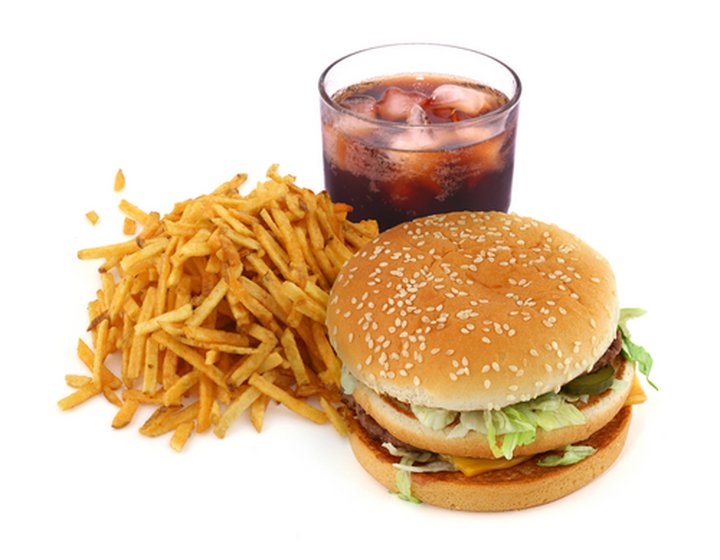“Where
humans used to live in fear of plague or tuberculosis, now the
leading cause of mortality worldwide is diet.”
—Bee Wilson, The Guardian
###
Chad, Mali, Cameroon. Along with Haiti, they would probably be prime candidates for OFL’s list of “shithole countries” that he referred to a couple of years ago. Not, presumably, meant as a compliment. These three sub-Saharan republics in West Africa do (not “probably”) top another list, this one comparing the healthiest diet patterns of food consumed, country-by-country. Yup, Chad wins, with Mali and Cameroon coming in a close second and third.
Four years ago, Japanese epidemiologist Fumiaki Imamura published a paper in the UK medical magazine The Lancet that, apparently, has had dietitians arguing over ever since. You can read it online here or get the Cliff’s Notes version in The Guardian here. Imamura and colleagues were looking at global patterns of dietary changes between 1990 and 2010, checking for 17 markers of “good” and “bad” diets. (The database for this metastudy consisted of 325 previous studies.) “Good,” for instance, includes wholegrains, veggies, fish and nuts, while sugar-sweetened sodas, unprocessed red meat and processed meat made the “bad” list.
The most telling result is that, on a worldwide basis, our diets are going downhill, fast. In the United States, for instance, 58% of our calorie intake now comes from ultra-processed food* (bad!). A third of our kids aged 2 to 19 eat fast food every day. Globally, consumption of fast food grew by 30% during the 20-year endpoints of the study, while packaged food sales increased by 25%.
(* “Processed food” = food that’s gone through a process such as canning, smoking, pasteurizing, etc. “Ultra-processed food” goes one step further, adding sugar, preservatives and artificial flavoring and coloring.)

LukeB20161933, Creative Commons.
Here are top-ten healthiest-diet countries, according to the study: Chad, Mali, Cameroon, Guyana, Tunisia, Sierra Leone, Laos, Nigeria, Guatemala, French Guiana. Bottom ten (of the 187 countries surveyed), unhealthiest first: Armenia, Hungary, Belgium, USA, Russia, Iceland, Latvia, Brazil, Colombia, Australia. Yaay! We got fourth place!
The caveat with all this, of course, is that — like most things in life — both quality and quantity play a part in assessing “worthiness.” In the case of Imamura’s metastudy, the researchers were looking strictly at quality. People in those poor, sub-Saharan countries were eating dishes made from such healthy stuff as sorghum, maize, millet and teff — but many weren’t getting enough of anything, good or bad. They don’t consume much sugar and processed meat because many of them don’t consume much of anything. Unlike first-world countries, where we over-consume — and how! — many of those folks, 20 percent by one estimate, under-consume, that is, don’t get the minimum 2000 calories a day an adult needs for their basic energy needs.
Still, it’s a telling study, one that undermines the myth that countries like ours are so damn superior compared to those shitholes over there in Africa. While they’re eating well — quality-speaking — we’re eating junk. To compensate, we play catch-up with our medicine. Instead of cutting down on cholesterol, we add statins to our diet (guilty). We rely on triple-bypass surgery to compensate for our heavy meat intake. Better to control diabetes than lay off the junk food.
Here’s the thing: our omnivore bodies, well-adapted to survive in just about any conditions from the Arctic to the tropics, just haven’t had time to adapt, in the last few decades, to of the availability of cheap, ultra-processed food. We just aren’t built to handle what passes for food these days.
CLICK TO MANAGE